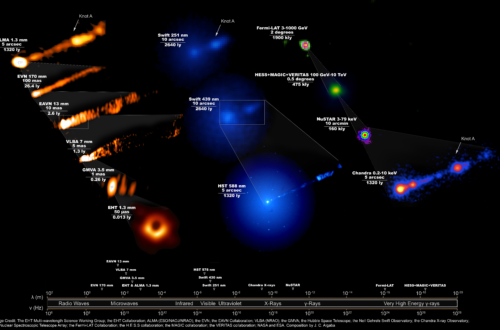I’m really excited, it looks like I got funding to hire a new PhD student for next year, to work on all the great new Sgr A* data we have coming in, among other things!! We are experimenting with a different hiring system this year, advertising all our positions together and then doing a pooled interview day in February. Amsterdam is a great place to get a PhD so if you know any good candidates, or you’re interested, please apply by 20 Dec following the instructions at this link (please click on this link, the applications do not go through me but rather via a central hiring procedure!!)! Here’s a blurb about the planned research project too:
The Galactic center is our closest galactic nucleus, harboring the weakest known accreting supermassive black hole, Sgr A*. Sgr A* has been the driver for many theoretical studies of radiatively inefficient accretion and jet launching, and we are now at a stage where years of semi-analytical models by the PI (me) and others are converging with predictions from sophisticated MHD simulations. However many questions still exist, particularly about the existence of a fully collimated jet outflow, and the spin of the black hole. Sgr A* also exhibits roughly daily X-ray flares, often simultaneous with the IR, hinting at stochastic plasma processes including magnetic reconnection and particle acceleration events. Sgr A* is thus the ideal testbed for accretion inflow/outflow theory, plasma astrophysics, particle acceleration and general relativity, and an important source for quantifying AGN activity in normal galaxies. This position begins at an extremely opportune time, between an unprecedented multi-wavelength campaign in 2012 centered around a 3Msec Chandra X-ray Visionary Project, and an infalling gas cloud predicted to encounter Sgr A* in mid 2013. In this project we will focus on semi-analytical models (guided by MHD simulations performed within the cluster, via CoI Körding), to develop new models that account for time-dependent particle evolution as well as MHD-consistent jet models that link inflow to outflow for the first time. We will build on our groundwork that allow an unambiguous connection between the jet dynamics and particle acceleration. The Fermi Bubbles and X-ray light echos in the Galactic center further hint at Sgr A* having been significantly more active in the past, and based on its renewed activity, we will also make predictions for the emission of Sgr A* during the past, and test it against the current limits (see Fig. 2). The student will have access to a large array of new data from the XVP and associated multi-wavelength campaigns. Though the project is focused primarily on Sgr A*, much of the work will also apply to other nearby AGN such as M81, M87, M31, M33 etc, and related studies can be expected. We will use the new campaign data to place Sgr A* firmly into context with other low luminosity AGN.



